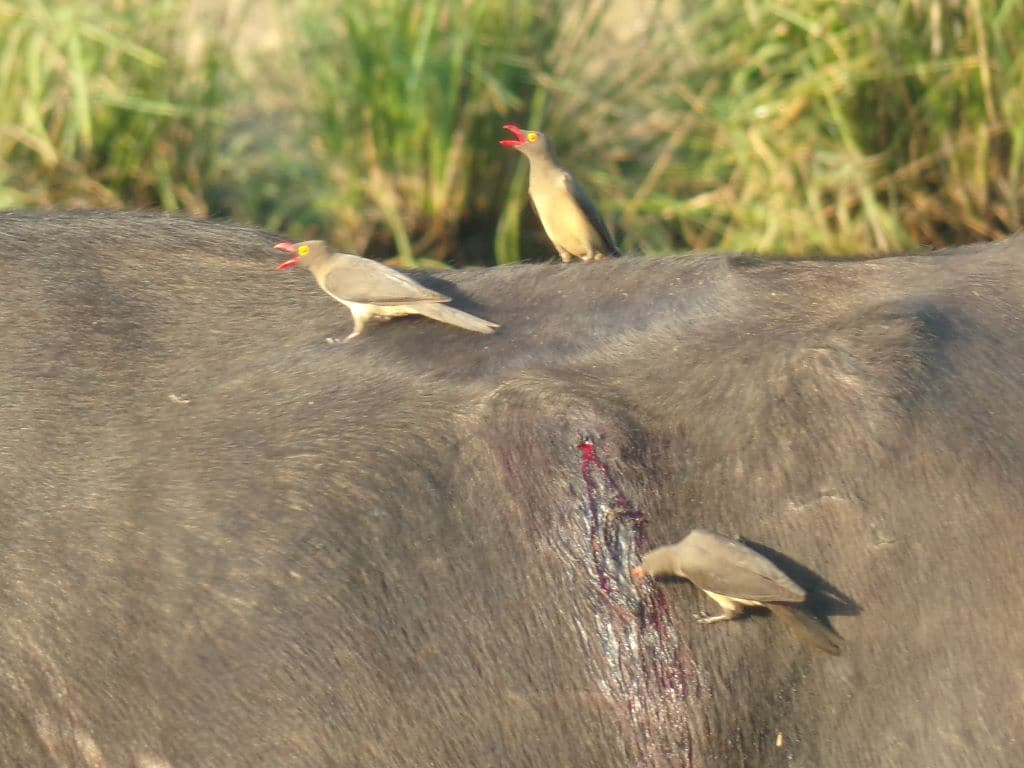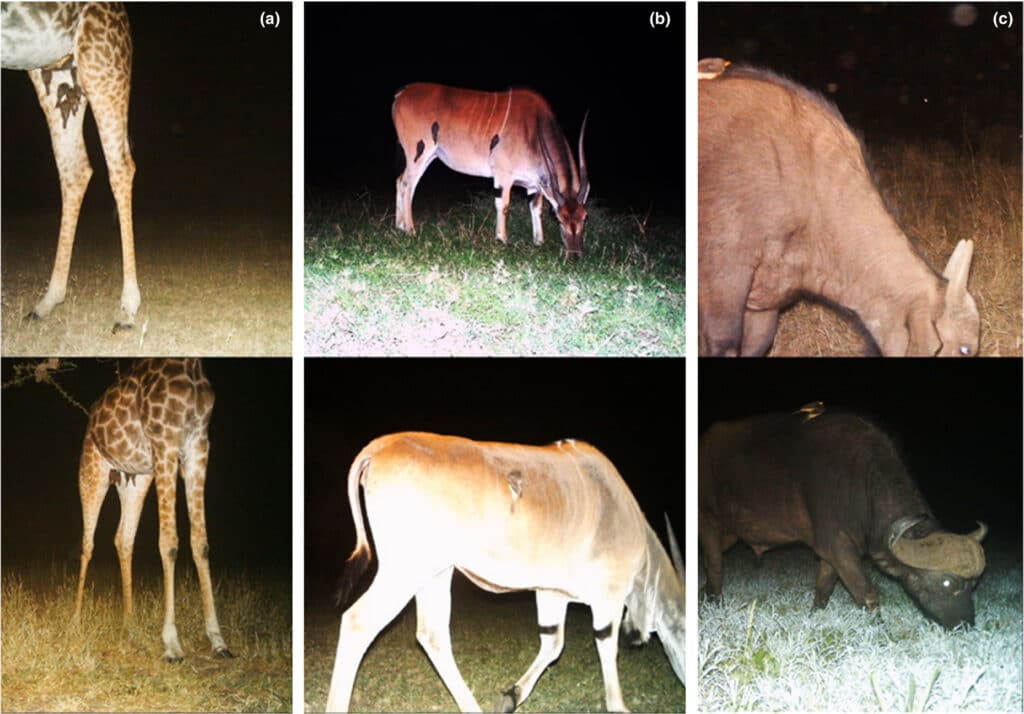Examples of mutualistic relationships
Examples of mutualistic relationships involve the exchange of goods or services between two species where the benefits for each species outweigh the costs of the interaction.
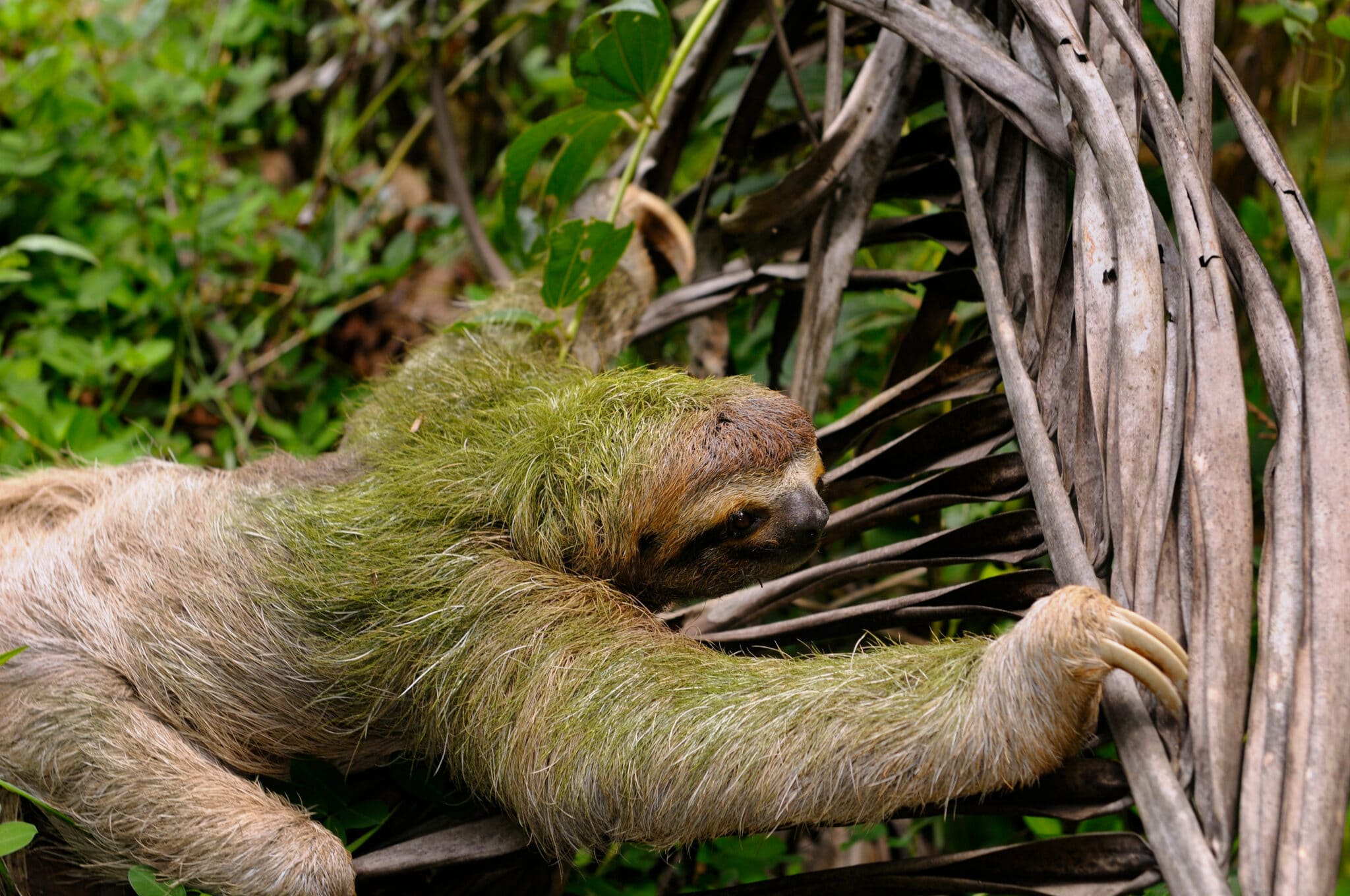
Mutualistic interactions, or mutualisms, are ubiquitous in nature. Examples of mutualistic relationships involve the exchange of goods or services between two species where the benefits for each species outweigh the costs of the interaction.
However, mutualist partners do not necessarily receive equal benefits or incur in equal costs. Darwin acknowledged that mutualistic interactions are really selfish in the sense that each species is pursuing its own interests.
He wrote in On the Origin of Species (1859), ” . . . I do not believe that any animal in the world performs an action for the exclusive good of another of a distinct species, yet each species tries to take advantage of the instincts of others . . . “.
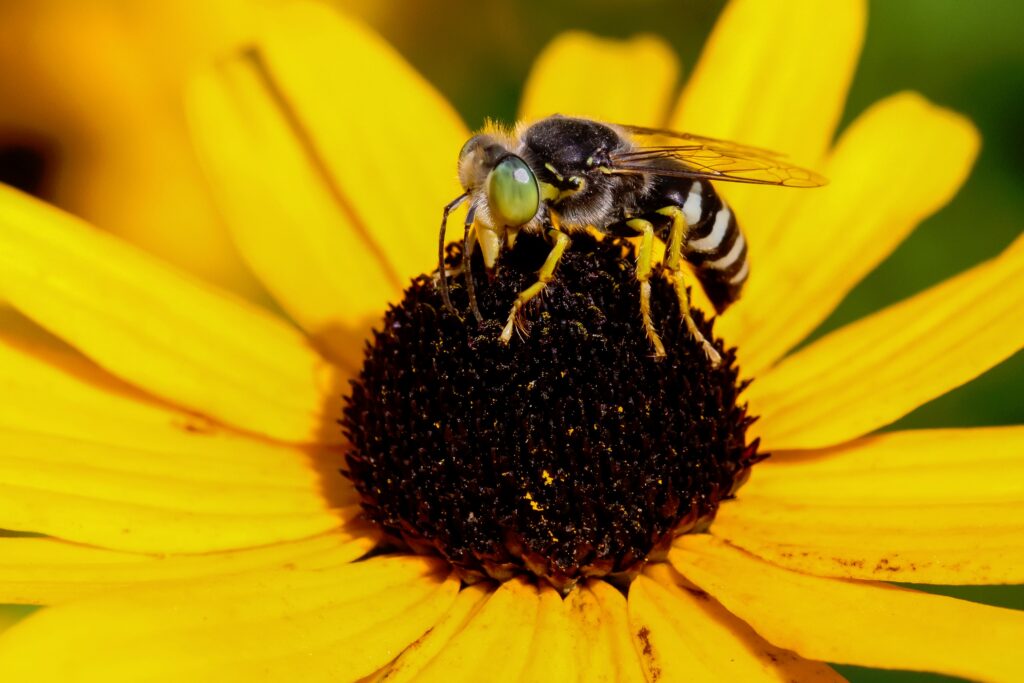
Examples of mutualistic relationships
The typical example of a mutualism is the clown fish-anemone relationship. The clownfish gets protection from predators since it can withstand the stinging of the tentacles, while the anemone gets cleaned from parasites by the clownfish.
Plant-pollinator interactions are also good examples of mutualistic interactions because nearly three-quarters of all extant flowering plants (angiosperms) receive pollination services from animals. But a more interesting example of a mutualistic relationship is the sloth-algae complex.
Sloths are vegetarian mammals that live in the tropical forests of South and Central America and spend most of their time resting or eating leaves in the canopy.
Researchers observed that the more specialized three-toed sloths, who regularly descended from the canopy to defecate, had more algal biomass on their fur than the generalist two-toed sloths.
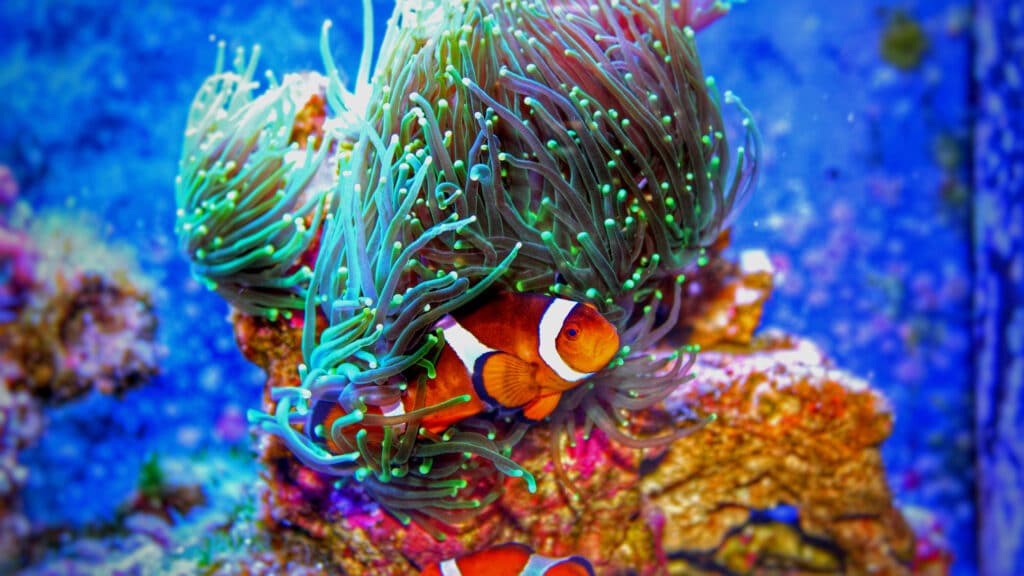
Researchers found out that sloths consumed the algae from their fur, which was highly digestible, lipid-rich, and a great diet complement. By descending from the trees to defecate, sloths transported moths to lay the eggs in the sloth dung, which also facilitated moth colonization of the sloth fur.
Moths increased nutrients levels in the sloth fur, which in turn increased algal growth. Amazingly, all species involved in this mutualistic chain benefit. Moth get a place to raise their larvae, algae benefit from getting nutrients and a growing place on the fur and the sloth gets a nutritional complement from the algae.
Moreover, the green algae might also serve as a camouflage for the sloth, helping them avoid aerial predators such as the harpy eagles.
Domesticated organisms are another interesting example of mutualistic interactions. Domesticator-domesticate relationships are specialized mutualisms where one species provides multigenerational support to another in exchange for a resource or service, and through which both partners gain an advantage over individuals outside the relationship.
We obviously think of humans as the main domesticators of bacteria, fungi, plants and animals, but many species also domesticate other organisms.
For example, ants have been domesticators for millions of years, domesticating organisms such as aphids and fungi for food. You can learn more at speciesconnect.com by filtering for Domestication.
Finally, another example of mutualism that is generally used and that now should probably be avoided is the oxpecker-mammal interactions. It was originally thought to be an example of mutualism where the oxpeckers would benefit the mammal host by eating their ticks, but recent evidence suggests that oxpeckers may be parasites.
Oxpeckers do eat ticks, but often the ticks have already fed on the ungulate host, and no evidence has been shown between oxpecker presence and reduced ectoparasite load.
Moreover, oxpeckers have been observed to open new wounds on their host mammals to drink their blood. They even sometimes roost on the ungulate host.
